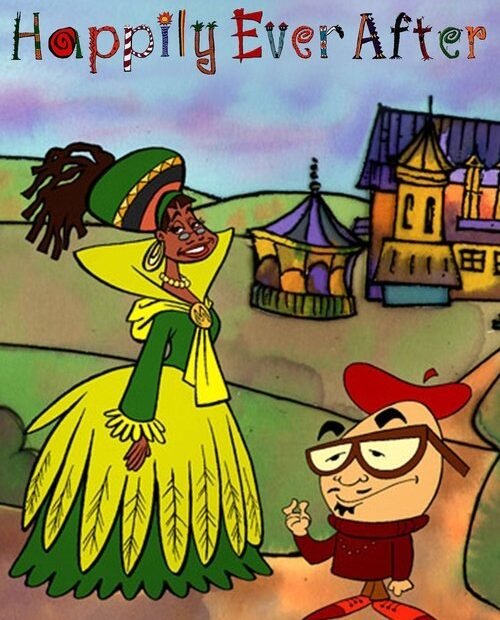Spoiler Machine’s Review of Happily Ever After: Fairy Tales for Every Child
Critic: So, let’s dive into the whimsical world of Happily Ever After: Fairy Tales for Every Child. This series is like your favorite fairy tale got a makeover that even Cinderella would envy. Only this time, she’s wearing sneakers and telling us how to be more inclusive!
Audience Member: Inclusive? What do you mean?
Critic: Oh, you know, it’s all about reimagining classic tales. Picture this: the Three Little Pigs are actually three entrepreneurial siblings who take on the big bad wolf with eco-friendly building materials. Talk about sustainable living!
Audience Member: Wait, is the wolf wearing a hard hat?
Critic: Close! He’s more of a misguided contractor who just needs a little guidance. And don’t even get me started on the way they tackled “Little Red Riding Hood.” Red is now a savvy girl who’s not just bringing goodies to Grandma; she’s delivering organic treats and educating her about healthy eating. Grandma’s got a new lease on life, and let’s face it, she was in desperate need of a dietary reboot!
Audience Member: So, what about the actual endings? Are they all happy?
Critic: Oh, absolutely! But with a twist. They’ve taken the “happily ever after” to a whole new level. For example, in “The Princess and the Pea,” the princess doesn’t just pass the test by feeling a pea under a stack of mattresses. She’s solving a mystery about why the royal family has been sleeping poorly – turns out, it’s not the pea; it’s the Netflix binge-watching that’s keeping them up at night!
Audience Member: This sounds like a fairy tale for the modern age!
Critic: Right? And let’s not forget the episode where “Goldilocks and the Three Bears” turns into a family therapy session. Goldilocks isn’t just a trespasser; she’s a child psychologist helping the bears deal with their issues around boundaries and personal space. By the end, they all sit down for a nice porridge brunch, discussing feelings!
Audience Member: And the villains? How are they portrayed?
Critic: Ah, the villains! They’ve become much more relatable. Take the Big Bad Wolf; he’s not just a hungry predator anymore. He’s a misunderstood creature trying to fit in. In one episode, he even joins a support group for misunderstood fairy tale characters. “Hi, I’m Wolf, and I just want to be accepted!” It’s hilarious and oddly heartwarming!
Audience Member: So, is there a moral to these stories?
Critic: Absolutely! Each tale comes with a moral that’s less “don’t talk to strangers” and more “communicate openly and embrace diversity.” It’s a refreshing take that makes you feel all warm and fuzzy inside, like a hug from a giant teddy bear who also happens to be a life coach.
Audience Member: I love it! So, what’s the final verdict?
Critic: If you’re looking for fairy tales that are both entertaining and socially conscious, Happily Ever After: Fairy Tales for Every Child is a delightful watch. It’s like the fairy tales we grew up with went to university, got enlightened, and came back to teach us a thing or two about empathy and understanding. Plus, who doesn’t love a good twist on a classic?
Audience Member: I’m sold! When do we start watching?
Critic: Right now! Just remember, there’s no turning back once you enter this enchanted world. Prepare for laughter, lessons, and maybe a few unexpected tears of joy!
